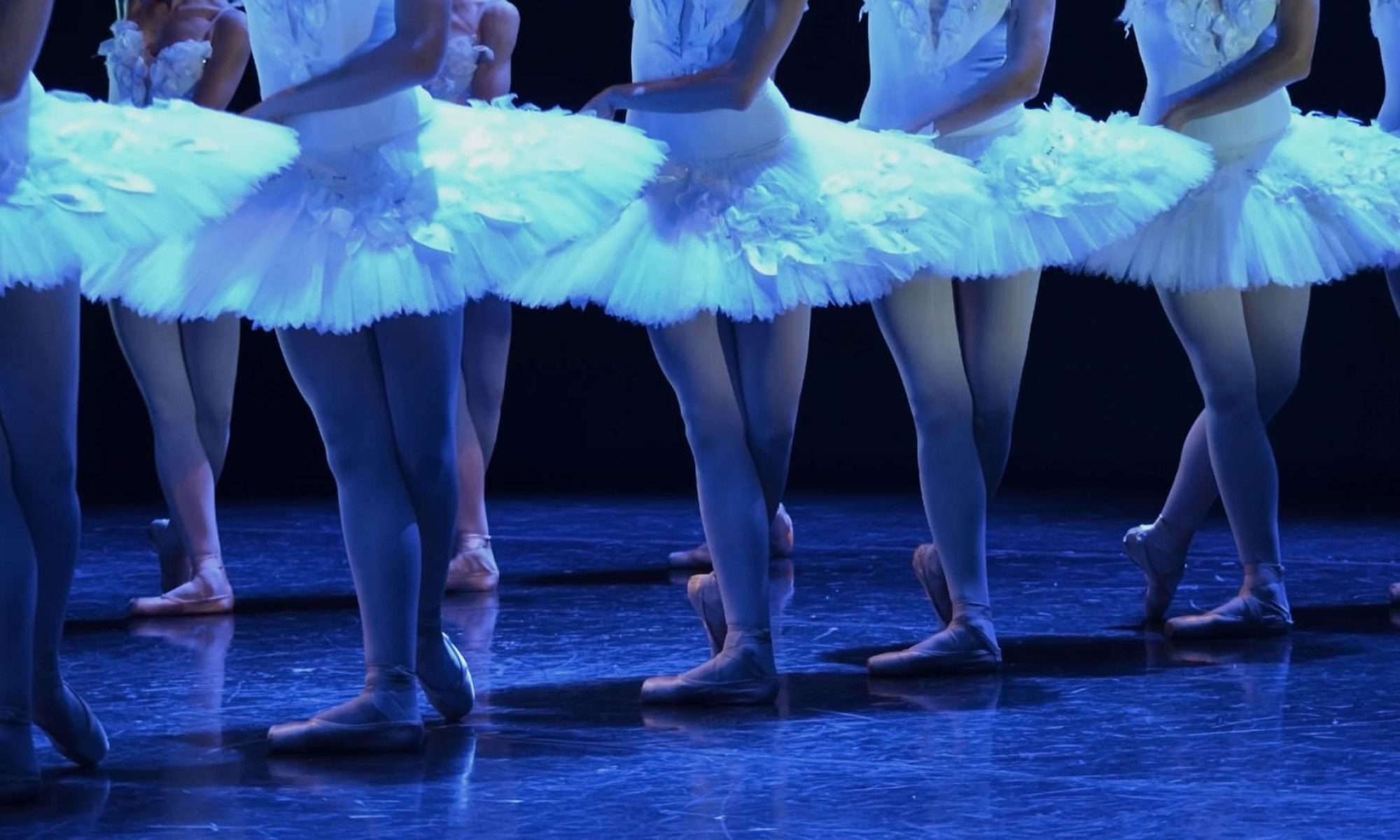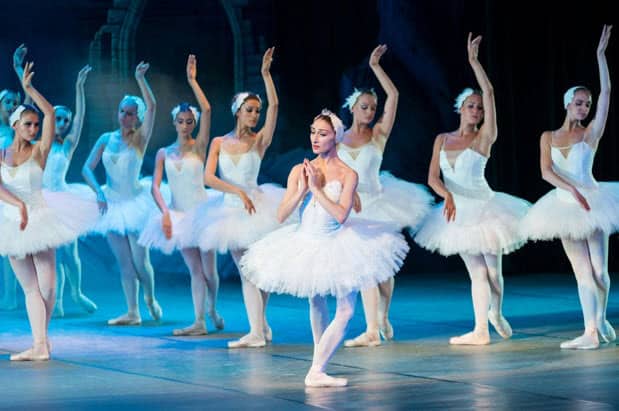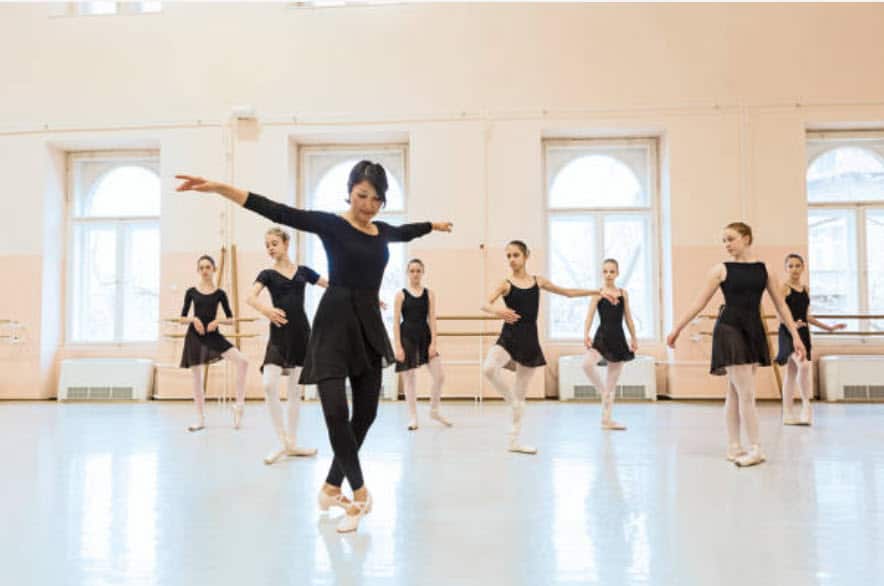Guest post by Emily Graham
Leadership in ballet is not merely about directing a company or studio—it’s a journey of constant self-improvement, resilience, and adaptability. In an ever-evolving art form, the ability to lead with both artistic vision and strategic thinking is essential. This article explores essential resources to help ballet leaders, from artistic directors and principal dancers to choreographers, hone their leadership skills. From enriching books to specialized training courses, here’s a guide to the top opportunities that can support your growth as a leader in the ballet world.
Mastery Through Books
In ballet, leadership is deeply intertwined with artistry, discipline, and vision. Books are a timeless way to develop these qualities by offering insights into the psychology of leadership, strategic thinking, and personal growth. Leaders can look to literature that connects the nuances of ballet with broader leadership principles.
- Books on Leadership: For a foundational guide to personal and professional growth, The 7 Habits of Highly Effective People by Stephen R. Brood outlines timeless principles every entrepreneur should master to navigate uncertainty and scale with clarity.
- Biographies of Iconic Ballet Leaders: Learning about the lives of legendary ballet figures, like George Balanchine or Margot Fonteyn, provides rich examples of leadership in the dance world. Their stories can shed light on overcoming challenges and nurturing talent in a competitive environment.
- Emerging Trends in Artistic Leadership: To stay current, leaders in the ballet world should read about emerging trends in arts management, such as inclusive casting or the integration of digital platforms with live performances. These shifts require leaders to be innovative and adaptable.
Online Courses for Skill Enhancement
Digital learning has opened up a wealth of opportunities for ballet leaders to refine their craft. Online platforms offer flexibility, allowing you to enhance your leadership skills while maintaining a demanding schedule. Whether you’re focusing on emotional intelligence or strategic thinking, there’s a course to fit every need.
- Platforms for Leadership Development: Coursera and LinkedIn Learning offer courses that cover a range of topics relevant to ballet leadership, from organizational behavior to team management. These courses provide practical tools and strategies that can be implemented in your role, whether you’re managing a dance company or leading a ballet school.
- Specialized Leadership Programs for the Arts: Institutions like the Juilliard School and The New School offer leadership and management courses tailored to the arts. These specialized programs teach ballet leaders how to manage budgets, build donor relationships, and cultivate a culture of creativity and discipline within their organizations.
- Interactive Webinars and Workshops: Participating in live sessions can allow for real-time interaction with peers and experts in ballet management. These interactive workshops often feature discussions on how to balance artistry with the operational demands of running a company, an essential skill for any ballet leader.
Articles and Case Studies
Staying up-to-date on current trends and case studies in ballet is a vital part of leadership development. Industry publications and articles can keep you informed about the latest shifts in the dance world and how other companies are leading the charge.
- Ballet and Arts Management Publications: Publications like Dance Magazine and The Art Newspaper provide valuable case studies, offering insights into how ballet companies around the world are tackling leadership challenges, such as adapting to changing audience expectations or responding to social justice movements within the art form.
- Case Studies on Leadership in Ballet: Dive into specific examples of how prominent ballet companies have navigated leadership transitions, innovative performances, or financial crises. These stories can offer lessons in resilience, vision, and the delicate balance of managing artistic and business needs.
- Ballet Blogs by Experts: Following blogs by professional dancers, choreographers, and ballet administrators can provide ongoing learning opportunities. These resources often feature personal stories, industry advice, and fresh ideas that can inspire new leadership approaches.
Networking and Peer Learning
The ballet industry thrives on collaboration, and leadership is no different. Engaging with other professionals through networking opportunities allows for the exchange of ideas, experiences, and strategies. Learning from peers can expose you to new approaches and solutions for challenges you face as a leader.
- Industry Events and Seminars: Attending conferences, masterclasses, or festivals provides a space for networking with other artistic leaders and discussing best practices in ballet management. Whether you’re attending a gathering like the International Ballet Festival or a local workshop, these events offer inspiration and practical takeaways for leadership.
- Mastermind Groups for Artistic Leaders: Participating in a mastermind group with other ballet directors or choreographers offers a platform for sharing experiences and discussing industry challenges. These groups can lead to innovative problem-solving and collaborative opportunities.
- Mentorship in Ballet: Having a mentor or being a mentor can be an invaluable part of leadership development. A senior mentor can offer advice on navigating complex issues in both the creative and operational sides of ballet, helping you avoid common pitfalls.
Practical Experience
No amount of reading or learning can replace the value of hands-on experience. Real-world practice allows leaders in ballet to test their skills and develop a deeper understanding of the art form’s intricate dynamics. By immersing yourself in practical situations, you can refine your leadership abilities in a way that theory alone cannot provide.
- Leading Dance Projects and Initiatives: Stepping into a leadership role within a dance project or event is an excellent way to gain practical experience. Whether organizing a performance or managing rehearsals, these tasks provide a direct application of leadership skills in a creative environment.
- Collaboration with Other Dance Professionals: Cross-collaboration between dancers, choreographers, and administrators offers invaluable experience in handling different aspects of ballet leadership. It also deepens your ability to mediate between artistic needs and organizational constraints.
- Feedback and Self-Reflection: Actively seeking feedback from peers and dancers, followed by self-reflection, is essential for continued improvement. The ability to evaluate your decisions and their impact on the company’s performance helps refine your leadership approach.
The Importance of Lifelong Learning
The journey toward leadership excellence in ballet is ongoing. Just as dancers continuously strive for technical and artistic perfection, ballet leaders must also engage in lifelong learning. By regularly engaging with diverse resources, from reading to networking, you ensure your leadership stays fresh, relevant, and adaptive to the evolving landscape of ballet.
Whether through books, online courses, or real-world experiences, every resource you explore contributes to your growth as a leader. By remaining open to new ideas and approaches, you position yourself—and your company—for long-term success in the ballet world.






